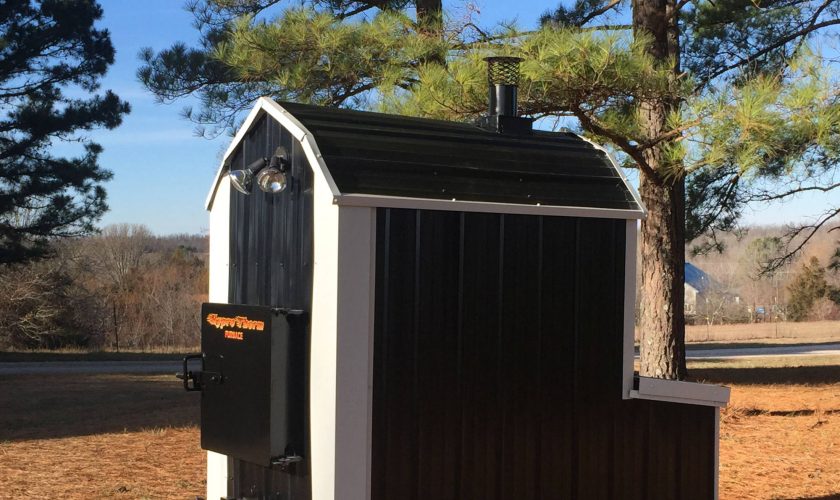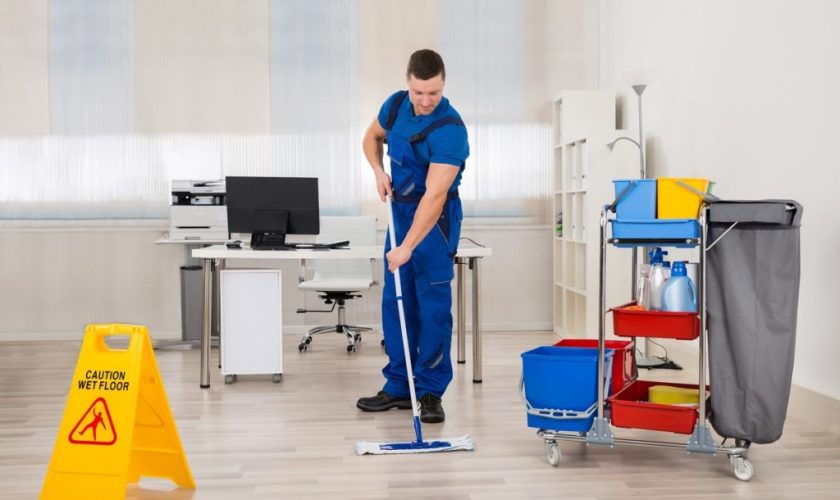Are you tired of looking at your dull and stained garage floor? Have you been considering a DIY project to transform it into a sleek and durable surface? Look no further than epoxy flooring! With its easy application and long-lasting results, epoxy flooring has become popular for homeowners looking to give their garages a facelift.
Epoxy is a resin-based coating applied to concrete floors to create a seamless and durable surface. It comprises two components: a resin and a hardener, mixed to create a chemical reaction that forms a tough, plastic-like material. By following these simple steps, you can create a beautiful and functional space using garage floor epoxy hence making you an envy of the neighborhood.
Step 1: Preparing the surface
The first step in applying epoxy flooring is to prepare the surface of your garage floor. This involves cleaning the floor thoroughly to remove any dirt, grease, or other contaminants that could affect the adhesion of the epoxy.
Next, use a degreaser or detergent to clean the floor, and rinse it thoroughly with water to remove all traces of soap. If there are any stubborn stains, you may need to use a concrete cleaner or etcher to remove them. Once the floor is clean and dry, you’ll need to check for any cracks or holes that need to be filled. Use a concrete filler or epoxy paste to patch any damaged areas, and allow them to dry completely before proceeding to the next step.
Step 2: Applying the Epoxy Primer
Now that your garage floor is clean and smooth, it’s time to apply the epoxy primer. The primer is important because it helps the epoxy to adhere to the concrete surface, ensuring a durable and long-lasting finish.
Mix the two components of the epoxy primer according to the manufacturer’s instructions, carefully following the correct ratio of resin to hardener. Using a roller or brush, apply the primer to the entire garage floor surface, working in small sections to ensure even coverage. Allow the primer to dry for the recommended time before moving on to the next step.
Step 3: Applying the Epoxy Coating
With the primer in place, it’s time to apply the epoxy coating. Starting at the far end of the garage, pour the epoxy onto the floor and use a roller or brush to spread it evenly, working in small sections. Be sure to apply the epoxy in thin coats to avoid drips or puddles. Once you’ve covered the entire floor, allow the epoxy to dry for the recommended time.
Step 4: Adding a Topcoat
You may add a topcoat to your epoxy flooring for added durability and a glossy finish. This is especially important if your garage is used for heavy-duty tasks or if you park cars on the surface. Mix the two components of the topcoat according to the manufacturer’s instructions, and apply it in the same manner as the epoxy coating, using a roller or brush to spread it evenly across the entire floor.
Step 5: Allowing the Epoxy to Cure
After applying the topcoat, allow the epoxy to cure for the recommended time before walking or driving on it. This can vary depending on the temperature and humidity of your garage, so be sure to check the manufacturer’s instructions for specific recommendations.
Once the epoxy is fully cured, you’ll have a beautiful and durable surface that will withstand years of use and abuse. So park your car, set up your workbench, and enjoy your transformed garage!




